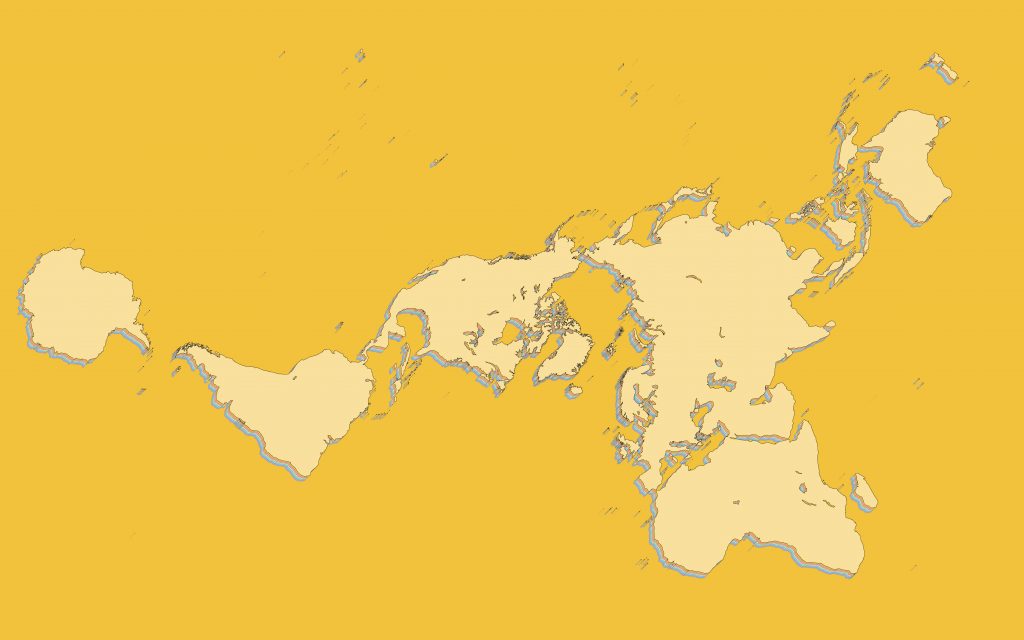Market
More Than 40 International Galleries Are Collaborating on a New Auction-Style Sales Platform Championing Art From the Global South
An online research hub is also being organized as part of the initiative.

An online research hub is also being organized as part of the initiative.

Naomi Rea

Dozens of galleries have come together to take part in an innovative sale and an online archive foregrounding artists from the Global South.
The sale, called South South Veza, will open with an invite-only live auction on February 3 and 4, 2021, followed by an online viewing room that will be open to the public from February 5 through 10.
It will launch concurrently with South South, a new online forum that will showcase gallery programs and profiles of artists from the Global South, while hosting year-round events seeking to explore alternative art centers within a broader geopolitical context, addressing topics such as decolonization, restitution, and issues arising from the racial justice movement.
Liza Essers, the owner of South Africa’s Goodman Gallery and the founder of the platform, emphasizes South South’s role as a year-round online resource.
“South South is to serve as a living archive with a purpose of knowledge-sharing, building sidelined histories through a central forum that aggregates significant but not necessarily widely known information on key historical moments,” Essers tells Artnet News. It will also host texts from the Global South and list important upcoming events. She hopes it becomes a must-visit destination for collectors and curators to explore alternative art centers and discover artists that bring more diverse perspectives.
With the sales platform, Veza, Essers says she and her collaborators want to create a more de-centered art market and to generate commercial activity in the midst of a difficult financial situation for galleries worldwide.
For the VIP preview of Veza, collectors can bid on a curated selection of “iconic artworks from the Global South.” The live-auction kicks off the online viewing room, in an effort to re-assert momentum into the more static OVR experience, and to cross-pollinate audiences interested in both the fair and auction context.
“Run by galleries, for galleries, the selling event provides full transparency of the buyer and underbidder, creating new relationships for the gallery to develop,” Essers says, adding that the format also protects the pricing structure for the artist and the gallery.
Both established and emerging galleries will take part in Veza, which borrows its name from the word meaning to show, produce, or reveal in isiZulu, an official language of South Africa.
Among the participating galleries are Guatemala City’s Proyectos Ultravioleta; Harare’s First Floor gallery; Luanda’s Jahmek; New York’s Alexander Gray Associates; and Cape Town’s Blank Projects. Galleries pay a small fee to participate, either $3,000 to present around 10 works in a group presentation, or $1,500 for a solo presentation with up to five works. The fee also covers year-round exposure on the South South platform and access to the kickoff live selling event. Ten percent of sales will be split between third party technology partners and nonprofits in the Global South.
In-person pop-up events tied to the initiative will take place in seven cities around the world, including Johannesburg and Tokyo. The online production will also include a talks program organized by the director of the Showroom in London, Elvira Dyangani Ose, as well as a film program curated by El Museo del Barrio’s chief curator, Rodrigo Moura.
“One of the silver linings during the lockdowns due to the pandemic was a desire to make deeper communities and connections and the ability to do so virtually,” Mary Sabbatino, the director of one of the collaborating galleries, Galerie Lelong, tells Artnet News.
“I feel it is not only timely, but needed,” Sabbatino says of the project. “In addition to health and political upheavals, cultural organizations and galleries have heard that people are impatient for change; to open up the canon, to bring light to under-recognized artists and communities and to shift the nexus of power.”
“Though South South can’t address systemic global problems of inequality,” she says, “we hope that our acts of collaboration and community will make a wider art world and ultimately, a more open one.”